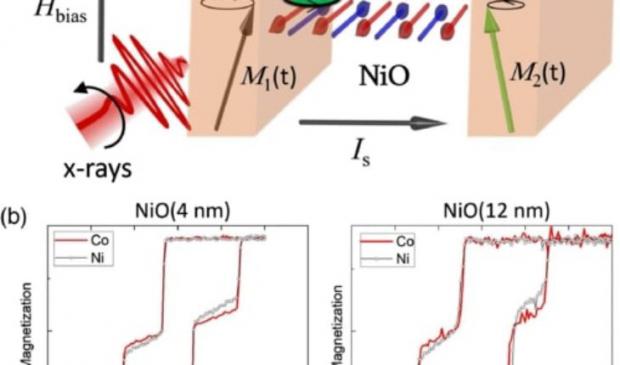
Breaking News
 $26M Frozen on Blockchain - With One Click
$26M Frozen on Blockchain - With One Click
 Italy are on national strike shutdown rejecting digital enslavement...
Italy are on national strike shutdown rejecting digital enslavement...
 The following U.S. states are currently using the rebranded "Reporty Homeland Security" so
The following U.S. states are currently using the rebranded "Reporty Homeland Security" so
 NATO Chief Urges Europe To Prepare For Long-Term World War With Russia, China, Iran & North Korea
NATO Chief Urges Europe To Prepare For Long-Term World War With Russia, China, Iran & North Korea
Top Tech News
 HUGE 32kWh LiFePO4 DIY Battery w/ 628Ah Cells! 90 Minute Build
HUGE 32kWh LiFePO4 DIY Battery w/ 628Ah Cells! 90 Minute Build
 What Has Bitcoin Become 17 Years After Satoshi Nakamoto Published The Whitepaper?
What Has Bitcoin Become 17 Years After Satoshi Nakamoto Published The Whitepaper?
 Japan just injected artificial blood into a human. No blood type needed. No refrigeration.
Japan just injected artificial blood into a human. No blood type needed. No refrigeration.
 The 6 Best LLM Tools To Run Models Locally
The 6 Best LLM Tools To Run Models Locally
 Testing My First Sodium-Ion Solar Battery
Testing My First Sodium-Ion Solar Battery
 A man once paralyzed from the waist down now stands on his own, not with machines or wires,...
A man once paralyzed from the waist down now stands on his own, not with machines or wires,...
 Review: Thumb-sized thermal camera turns your phone into a smart tool
Review: Thumb-sized thermal camera turns your phone into a smart tool
 Army To Bring Nuclear Microreactors To Its Bases By 2028
Army To Bring Nuclear Microreactors To Its Bases By 2028
 Nissan Says It's On Track For Solid-State Batteries That Double EV Range By 2028
Nissan Says It's On Track For Solid-State Batteries That Double EV Range By 2028
Spintronics Breakthrough Could Enable Vastly Higher Speed Data Technology

'Spin-based electronics or 'spintronics', that exploits spin current, has the potential to be not just significantly faster, but also more energy-efficient.
Scientists have recently discovered that some electrically insulating antiferromagnetic materials are exceptionally good conductors of pure spin current.
In the new research, scientists from Exeter, in collaboration with the Universities of Oxford, California Berkeley, and the Advanced and Diamond Light Sources, have experimentally demonstrated that high frequency alternating spin currents can be transmitted by, and sometimes amplified within, thin layers of antiferromagnetic NiO.
The results demonstrate that the spin current in thin NiO layers is mediated by evanescent spin waves, a mechanism akin to quantum mechanical tunneling.
The use of thin NiO layers for transfer and amplification of ac spin current at room temperature and gigahertz frequencies may lead to more efficient future wireless communication technology.
Insulating antiferromagnets have recently emerged as efficient and robust conductors of spin current. Element-specific and phase-resolved x-ray ferromagnetic resonance has been used to probe the injection and transmission of ac spin current through thin epitaxial NiO(001) layers. The spin current is found to be mediated by coherent evanescent spin waves of GHz frequency, rather than propagating magnons of THz frequency, paving the way towards coherent control of the phase and amplitude of spin currents within an antiferromagnetic insulator at room temperature.

 Carbon based computers that run on iron
Carbon based computers that run on iron

